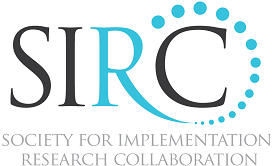Authors: Tal Katz-Navon, Eitan Naveh, and Zvi Stern
Abstract: An active learning climate facilitates new knowledge acquisition by encouraging employees to ask questions, seek feedback, reflect on potential results, explore, and experiment. These activities, however, also increase a learner’s chances of erring. In high-reliability organizations, any error is unacceptable and may well be life threatening. The authors use the example of resident physicians to suggest that by adjusting the conditions of priority of safety and managerial safety practices, organizations can balance these potentially conflicting activities. Participants in the study were 123 residents from 25 medical wards. Results demonstrated that the positive linear relationship between priority of safety and safety performance, demonstrated in earlier studies, existed only when the active learning climate was low. When the active learning climate was high, results demonstrated a U-shaped curvilinear relationship between priority of safety and number of errors. In addition, high managerial safety practices mitigated the number of errors as a result of the active learning climate.
